
Counties where children have the best opportunity for economic mobility in Arizona
This story originally appeared on Wealth Enhancement Group and was produced and distributed in partnership with Stacker Studio.
Counties where children have the best opportunity for economic mobility in Arizona
Americans have long understood that their birthplace can significantly affect their futures, and academics have increasingly been able to connect tangible early life factors like where they live and the friendships they've cultivated with potential future income.
Among the most recent studies shedding light on what's known as economic mobility—a person's ability to move themselves and their families up the socioeconomic ladder over their lifetime—are a series of papers authored by Harvard University researchers leveraging vast troves of social networking data.
As part of a national analysis, Wealth Enhancement Group used data from Harvard University's Social Capital Atlas project to identify where in Arizona children have the best (and worst) chances at upward economic mobility.
The research draws on a privacy-protected dataset representing 21 billion friendships from Facebook made public through its parent company Meta's Data for Good project. It also uses anonymous tax records, according to the authors. The scholars assigned a score to locales according to how economically connected low- and high-income people living in the area have historically been over at least a decade, per that data. The dataset does not include scores for about 180 of the 3,000 or so counties in the U.S.
The research attempts to fill in the gaps of previous efforts to study American economic mobility that did not consider a person's vast social networks nor their importance in creating better lives for themselves and their children.
It turns out the ability to cultivate friendships linking people of different socioeconomic backgrounds with one another is the strongest factor in determining whether a child can surpass the earning potential of their parents, Harvard researchers found. They call this economic connectedness.
Read on to find out where economic connectedness is strongest in your state.
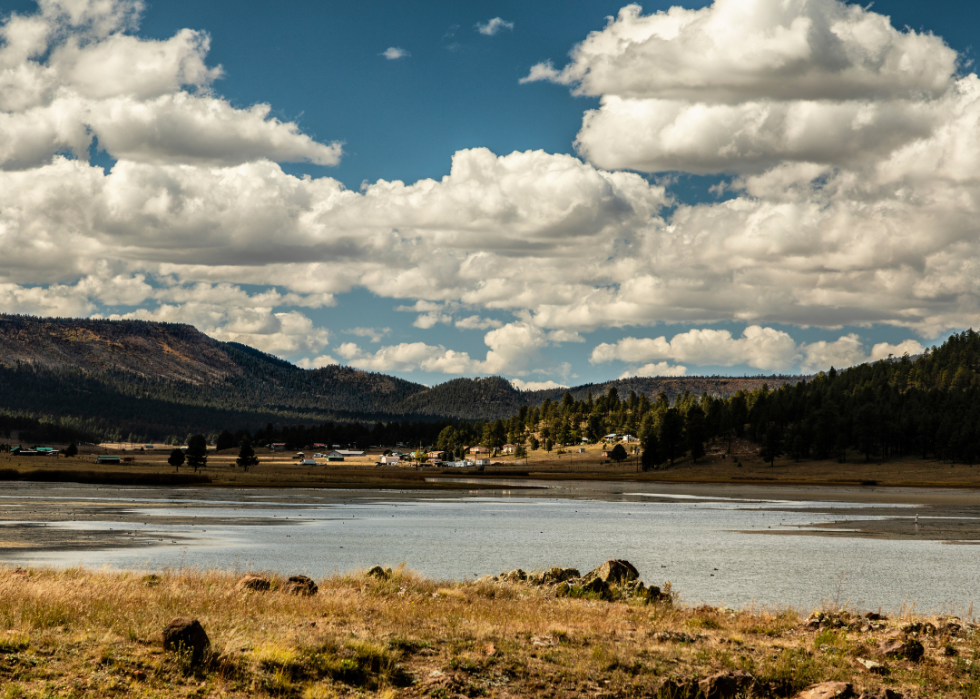
#15. Apache County
- Median Income: $34,788
- Population: 66,473
--- 20.9% white
--- 0.9% Black
--- 73.7% American Indian and Alaska Native
--- 0.5% Asian
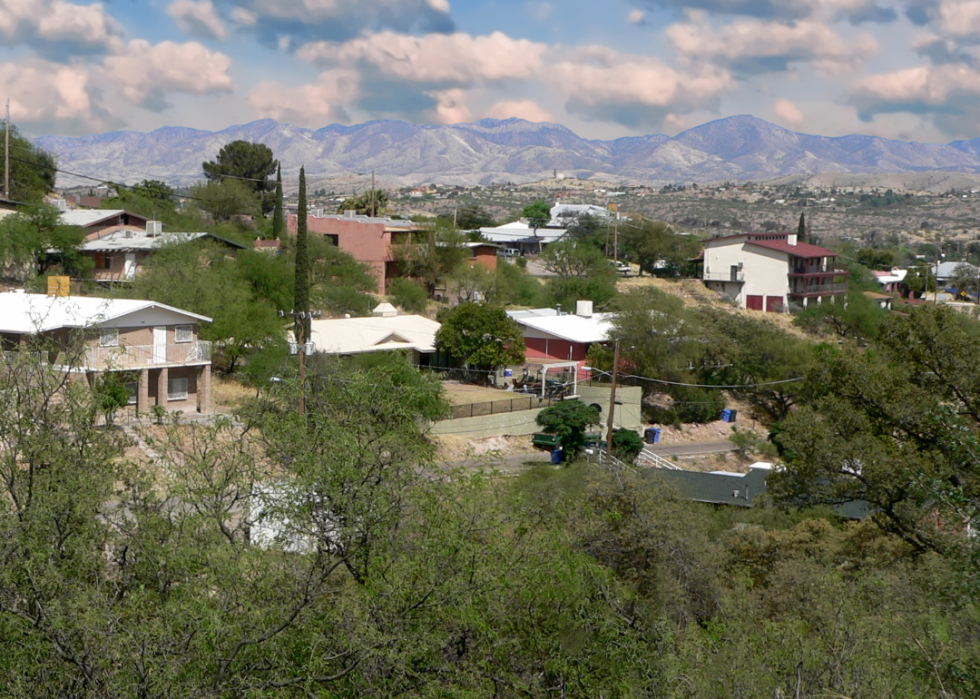
#14. Santa Cruz County
- Median Income: $45,089
- Population: 47,463
--- 64.9% white
--- 0.5% Black
--- 0.5% American Indian and Alaska Native
--- 0.4% Asian
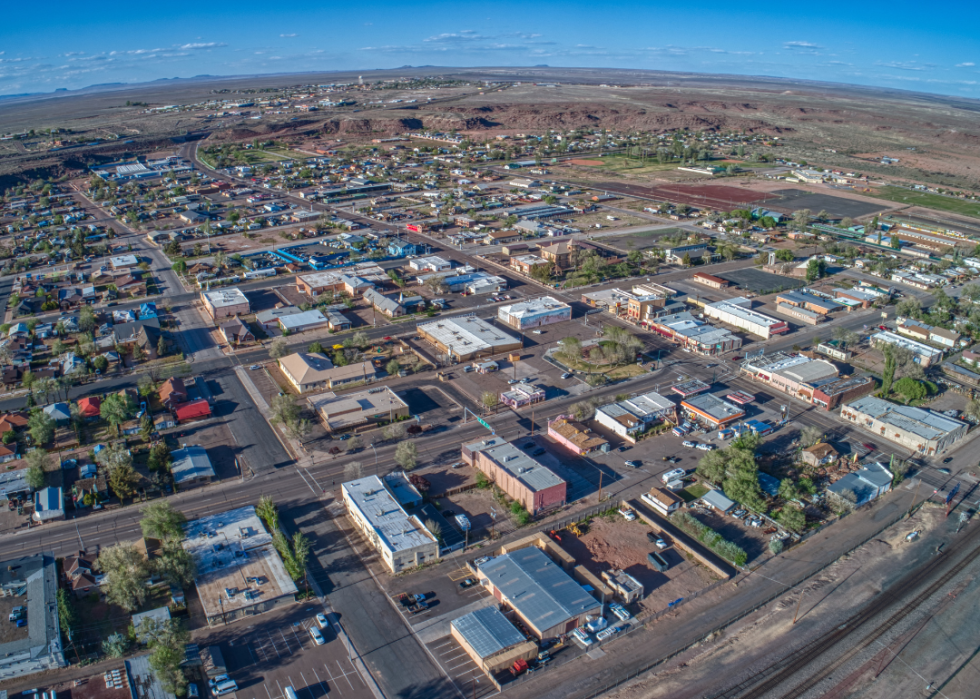
#13. Navajo County
- Median Income: $46,126
- Population: 106,609
--- 46.2% white
--- 1% Black
--- 43.9% American Indian and Alaska Native
--- 0.5% Asian
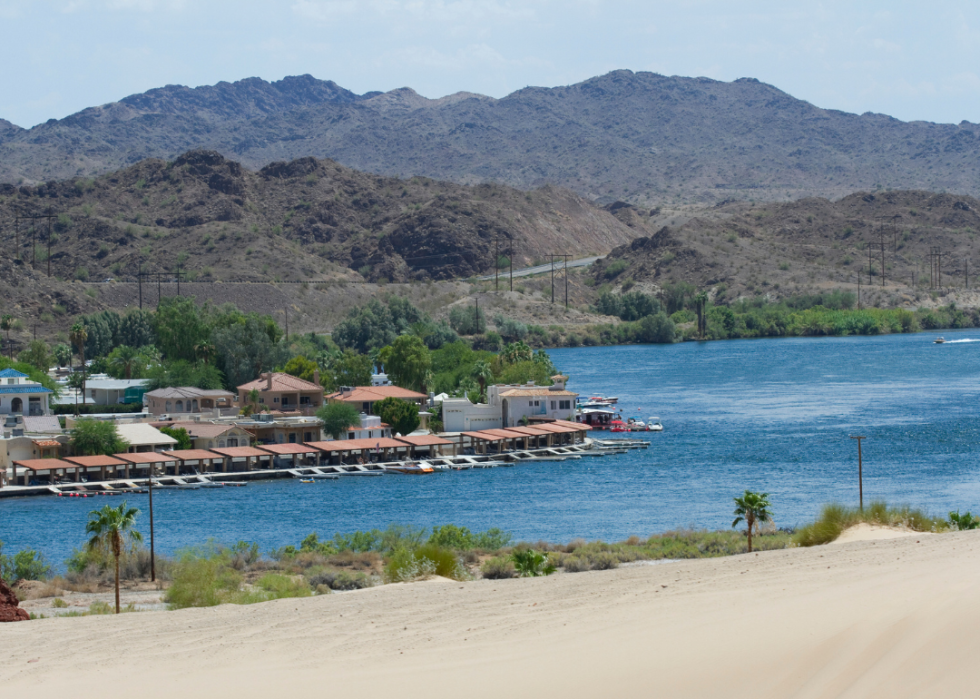
#12. La Paz County
- Median Income: $39,732
- Population: 16,845
--- 65.9% white
--- 0.6% Black
--- 15.1% American Indian and Alaska Native
--- 0.9% Asian
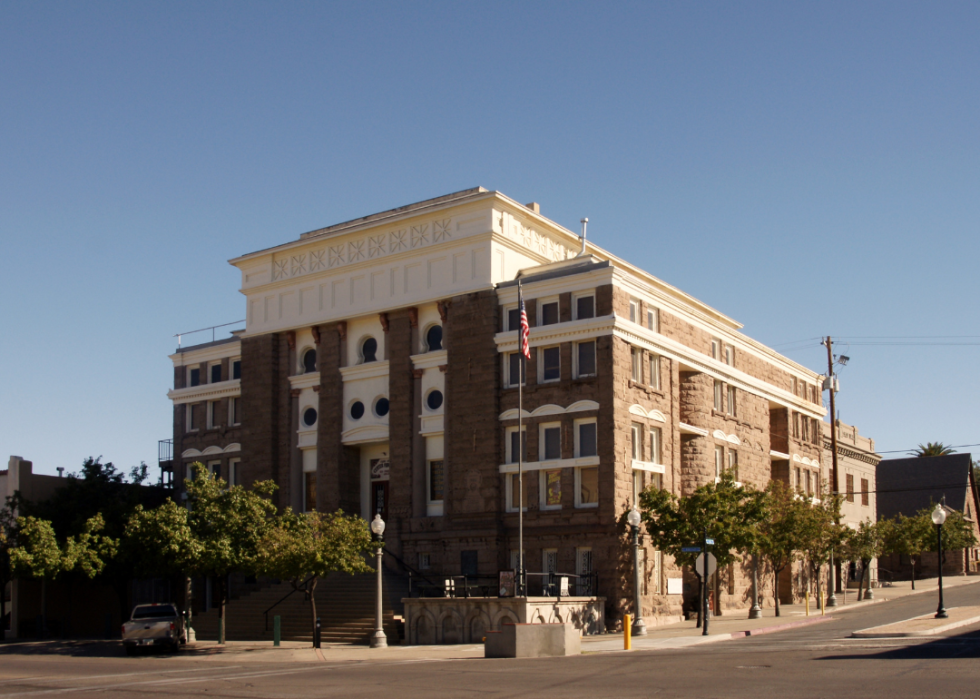
#11. Gila County
- Median Income: $51,406
- Population: 53,211
--- 70.8% white
--- 0.8% Black
--- 16.6% American Indian and Alaska Native
--- 0.8% Asian
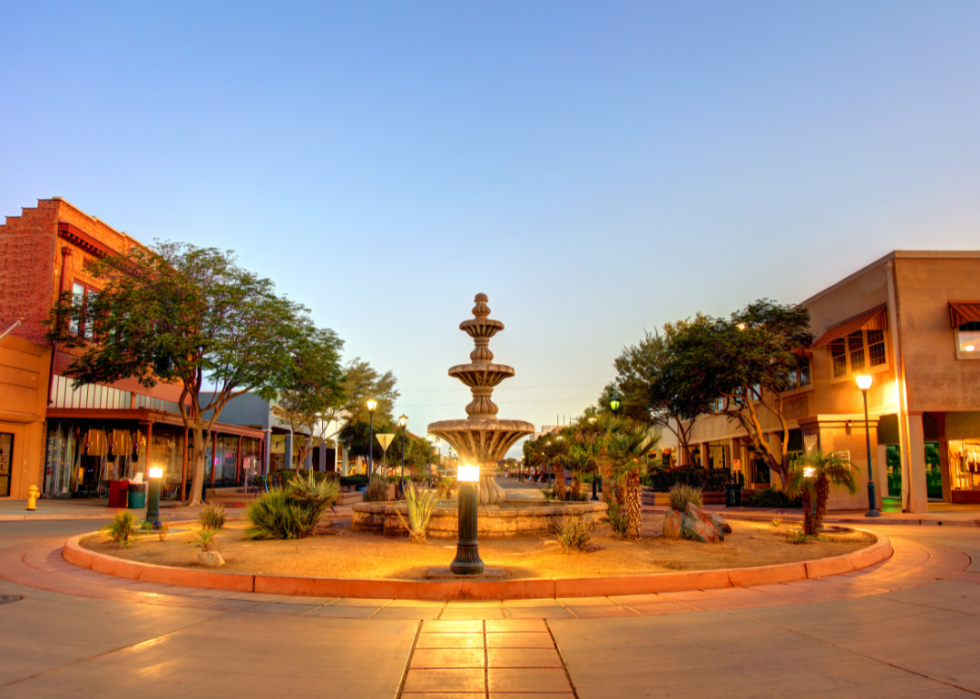
#10. Yuma County
- Median Income: $52,563
- Population: 202,944
--- 66.5% white
--- 2.1% Black
--- 1.5% American Indian and Alaska Native
--- 1.1% Asian
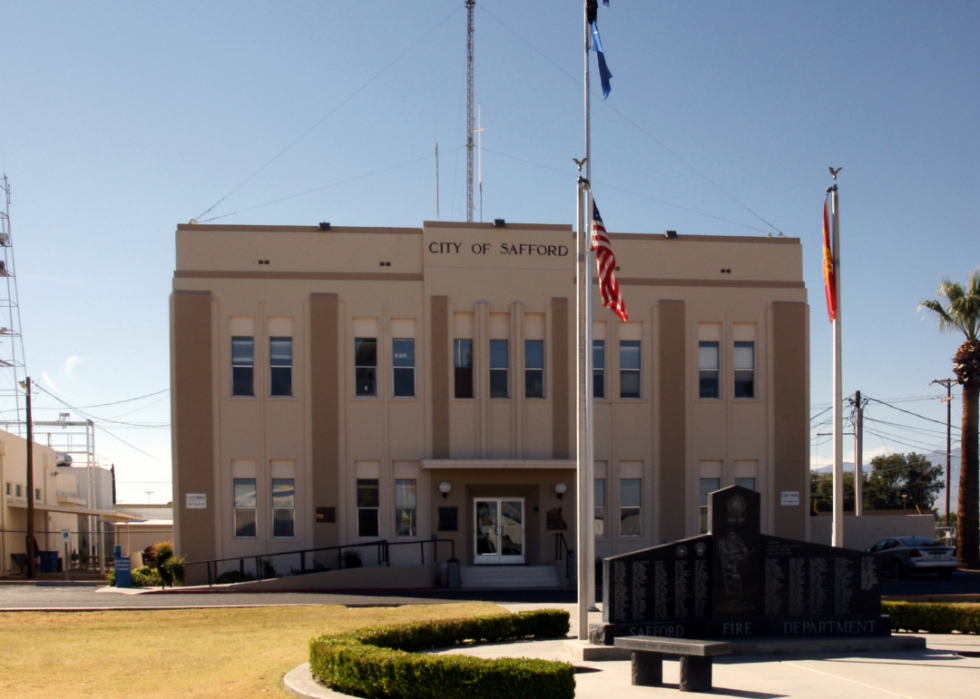
#9. Graham County
- Median Income: $57,105
- Population: 38,145
--- 73.4% white
--- 2% Black
--- 13% American Indian and Alaska Native
--- 0.7% Asian
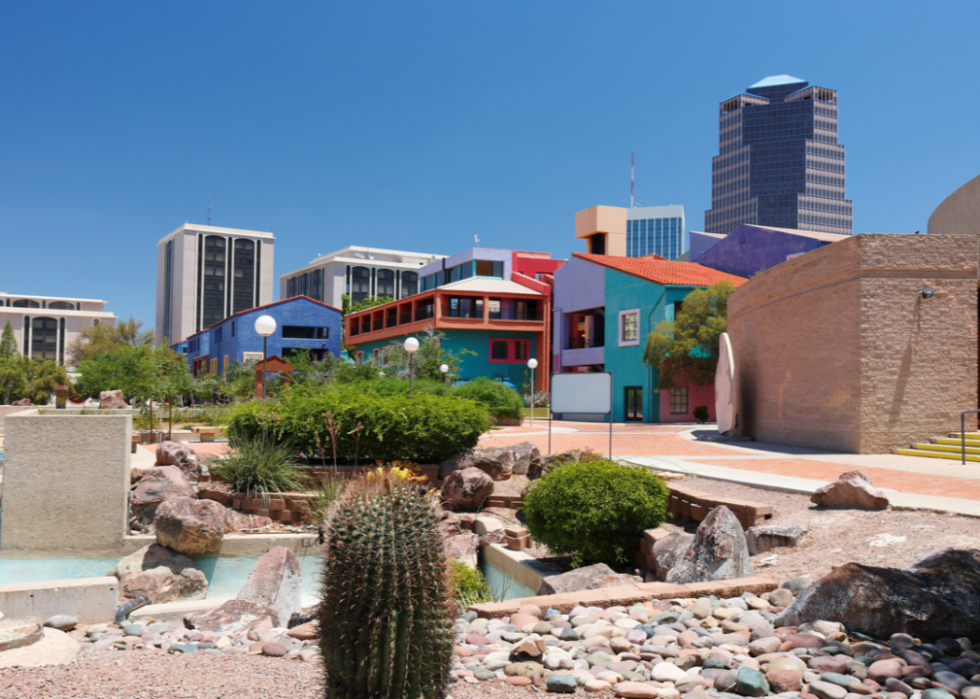
#8. Pima County
- Median Income: $59,215
- Population: 1,035,063
--- 69.6% white
--- 3.4% Black
--- 3.6% American Indian and Alaska Native
--- 2.8% Asian
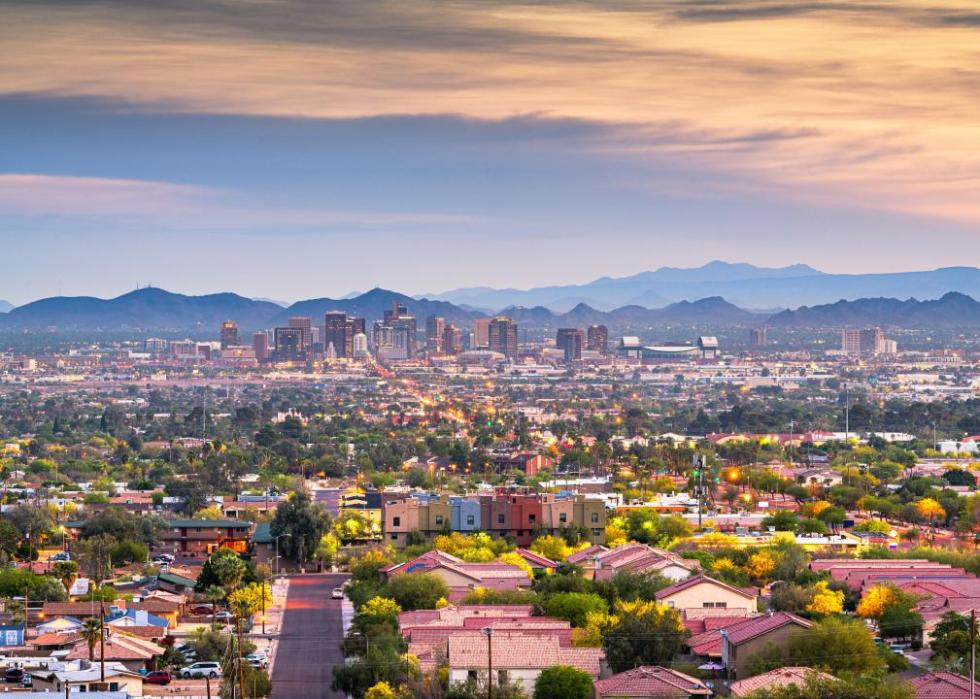
#7. Maricopa County
- Median Income: $72,944
- Population: 4,367,186
--- 70.5% white
--- 5.6% Black
--- 1.9% American Indian and Alaska Native
--- 4.2% Asian
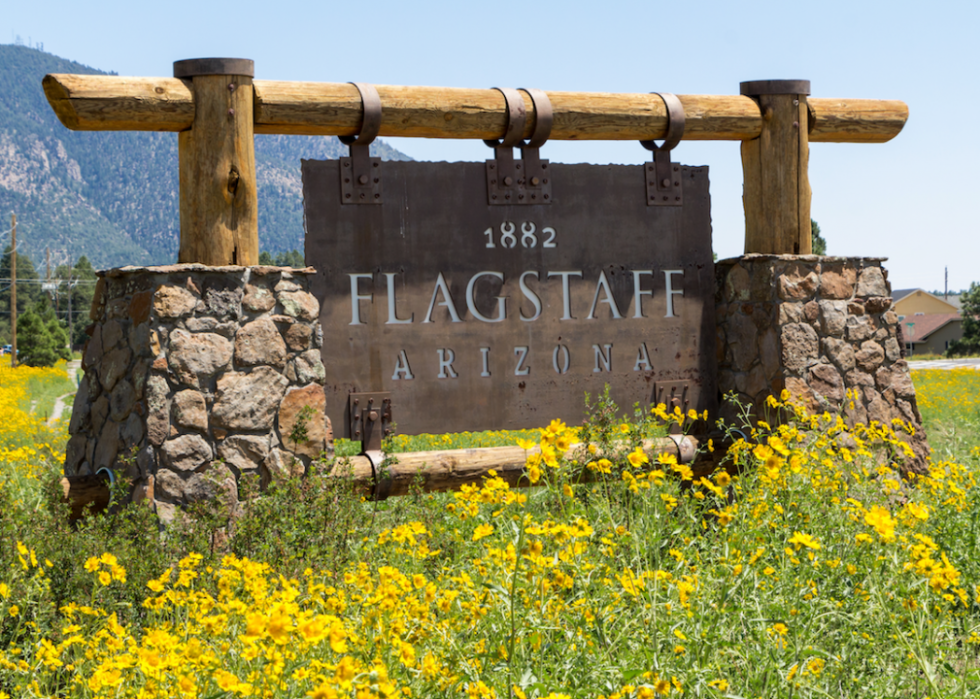
#6. Coconino County
- Median Income: $61,888
- Population: 144,942
--- 60.2% white
--- 1.4% Black
--- 25.9% American Indian and Alaska Native
--- 1.8% Asian
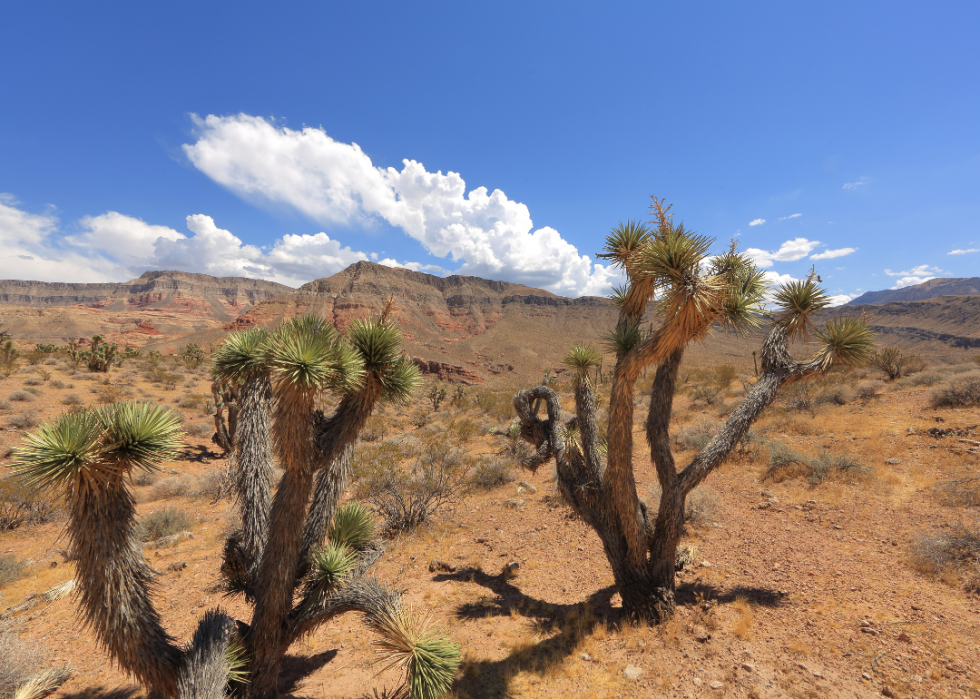
#5. Mohave County
- Median Income: $49,738
- Population: 211,274
--- 85.6% white
--- 1.1% Black
--- 1.9% American Indian and Alaska Native
--- 1.1% Asian
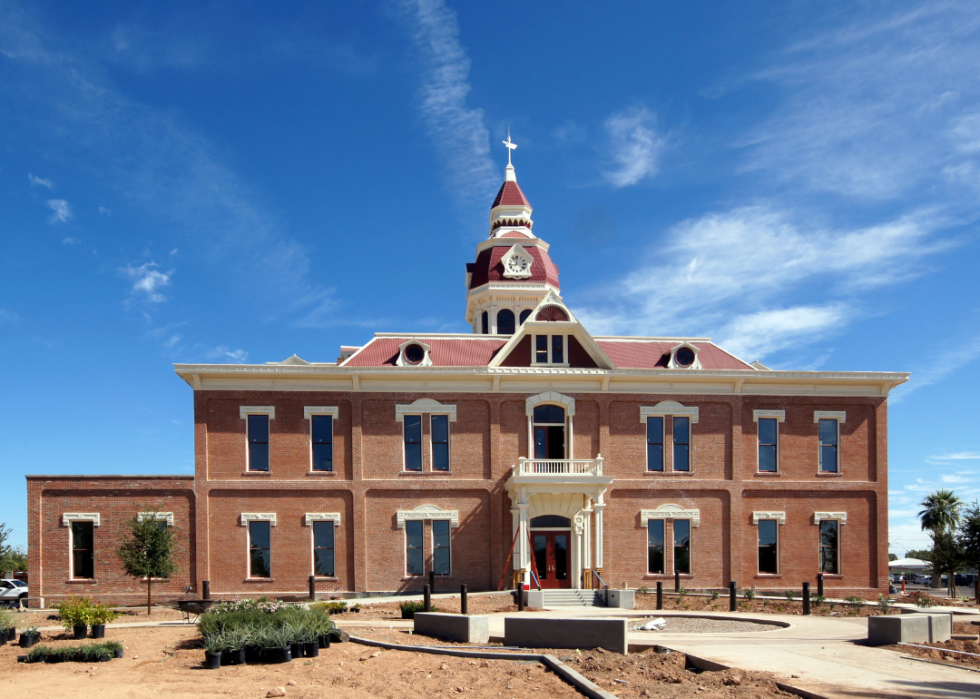
#4. Pinal County
- Median Income: $65,488
- Population: 420,625
--- 73.1% white
--- 4.6% Black
--- 4.7% American Indian and Alaska Native
--- 1.5% Asian

#3. Cochise County
- Median Income: $55,077
- Population: 125,092
--- 76.7% white
--- 3.9% Black
--- 1.1% American Indian and Alaska Native
--- 1.9% Asian
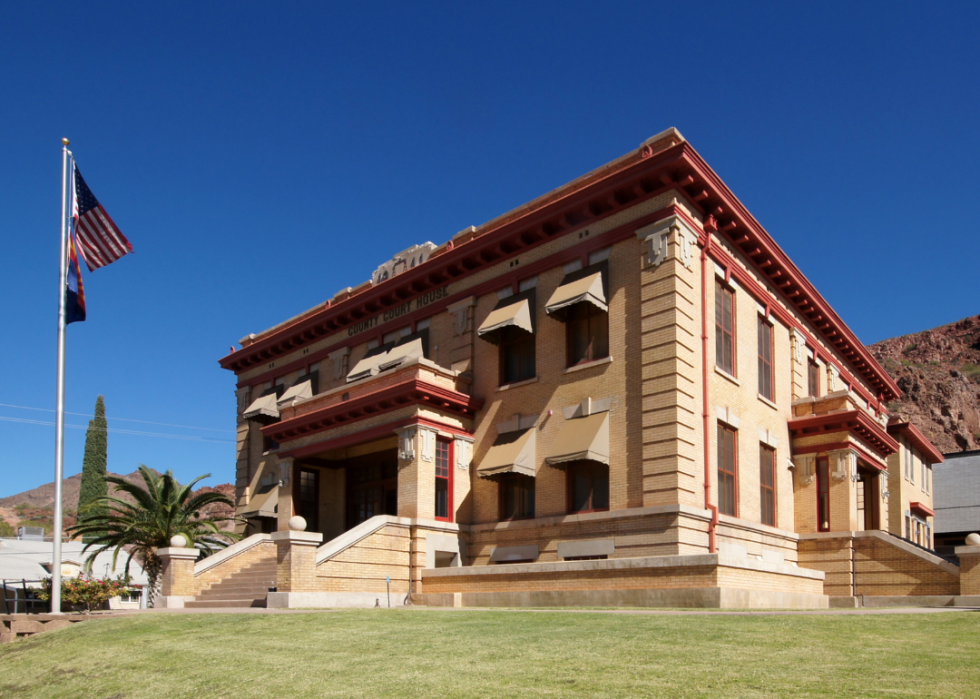
#2. Greenlee County
- Median Income: $67,723
- Population: 9,542
--- 86% white
--- 1.9% Black
--- 3.5% American Indian and Alaska Native
--- 0.5% Asian

#1. Yavapai County
- Median Income: $56,170
- Population: 233,789
--- 86.8% white
--- 0.6% Black
--- 1.3% American Indian and Alaska Native
--- 1.1% Asian
This story features data reporting and writing by Dom DiFurio and is part of a series utilizing data automation across 50 states.



